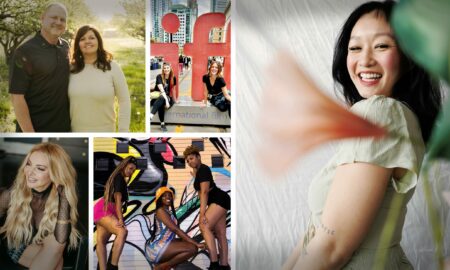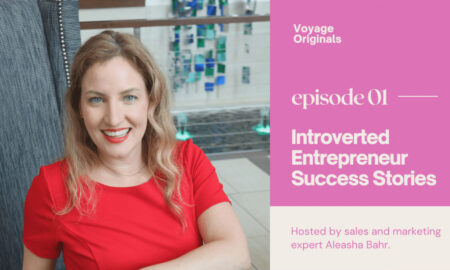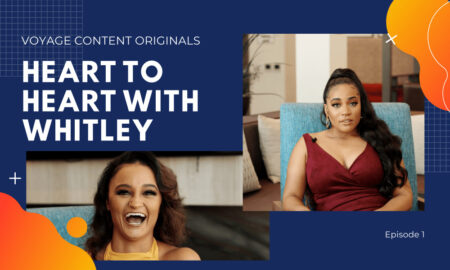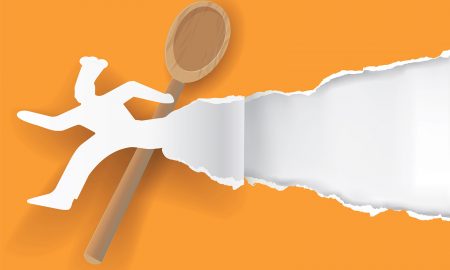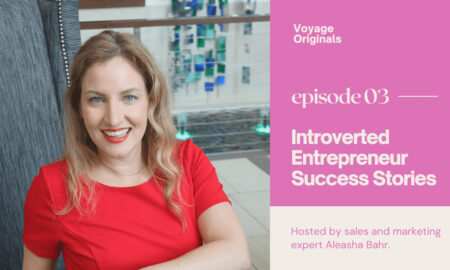 Today we’d like to introduce you to Danny Bourne.
Today we’d like to introduce you to Danny Bourne.
Hi Danny, so excited to have you with us today. What can you tell us about your story?
Back at the turn of the millennium, I was a journalist doing interviews for several mainstream UK magazines. I quickly realized that I would be more useful if I could do the pictures as well as the words and so I started to learn. Then the bottom fell out of the magazine market thanks to the .com revolution and I suddenly found myself without a job.
Fortunately, I had joined an online forum called Model Mayhem where I, by chance, met the lead photographer for Bed Head. In a fit of extreme chutzpah, I contacted him to see if they needed a photographic assistant. After going through my portfolio and throwing out all but two photos, he took me on, (He said I shouldn’t be too disheartened as most people he interviewed ended up with zero photos in their book). I ended up interning on international ad campaigns and learned an amazing amount in a very short time and so I can never thank Bobby enough for having the confidence in me. The rest, as they say, is history.
We all face challenges, but looking back would you describe it as a relatively smooth road?
I soon learned that working as a photographer, even in London, wasn’t going to pay my bills, despite becoming an agency photographer, once my magazine work dried up. I happened to get into photography at a time when digital was just starting to replace film and so I had to effectively learn photography twice, firstly film/polaroid and then learning how different digital is. Digital has definitely democratized photography, but instant feedback on the back of a screen still plays second fiddle to understanding the process.
I was fortunate enough in that I had a secondary line of income which meant that I could shoot as and when I wanted to keep my eye in. There were a lot of job applications and just as many rejections, but I had decided by then that the only person I needed to convince was myself. Imposter syndrome is definitely a thing. Digital photography has definitely made photography more democratic, but things were very different when I moved to Kansas City in 2012. Coming from London, I was used to working for internationally renowned agencies and had covered things like London Fashion Week, which was an experience, So, finding myself in the American Midwest, in a much smaller market with a different cultural outlook, took a lot of getting used to. I still don’t think I’ve quite assimilated even though I’ve officially been an American citizen for just over a month now.
Appreciate you sharing that. What else should we know about what you do?
For years, I really struggled to work out what my specialty was. Only recently have I come to accept that I am an editorial photographer, which basically means I’m a fashion photographer that doesn’t get paid fashion fees. I was married to a figure model and so ended up learning how to shoot fine art through her, but my main focus will always be portraiture. I learned in a studio from day one and I’ve never really been able to shake it off and shoot outdoors. I don’t think I could take a good landscape photograph if you paid me. I’m not really one for pride, but I’m very happy that I can still get published. But, for me, it’s more about getting people published for the first time. I get far more joy from seeing the joy (and sometimes tears) on their faces when they see their first tearsheet. (I’ll admit that I was proud to get a photo accepted by PhotoVogue of someone from their first-ever shoot. That felt good).
As far as I’m aware, I’m the only person in Kansas City who does platinum palladium prints. It’s a long and extremely expensive process, but the end result is worth it. If you want a one-off piece of personal art that will last longer than a lifetime, please get in touch.
Before we go, is there anything else you can share with us?
I love to work with LED lighting and blacklights, there’s something very painterly about being able to mix colors just to see what happens. I like film photography for the same reason; until you see the negatives you’re never quite sure what you’re going to get. Like a box of chocolates, apparently.
Pricing:
- Platinum Palladium prints cost $900. I did say they’re expensive
- Tutoring students for $50 an hour
- Portfolio work starts at $250
- Commercial work day rate is $1200 per day
Contact Info:
- Website: https://whosyerdanny.wixsite.com/photography
- Instagram: https://www.instagram.com/danny.bourne/?hl=en



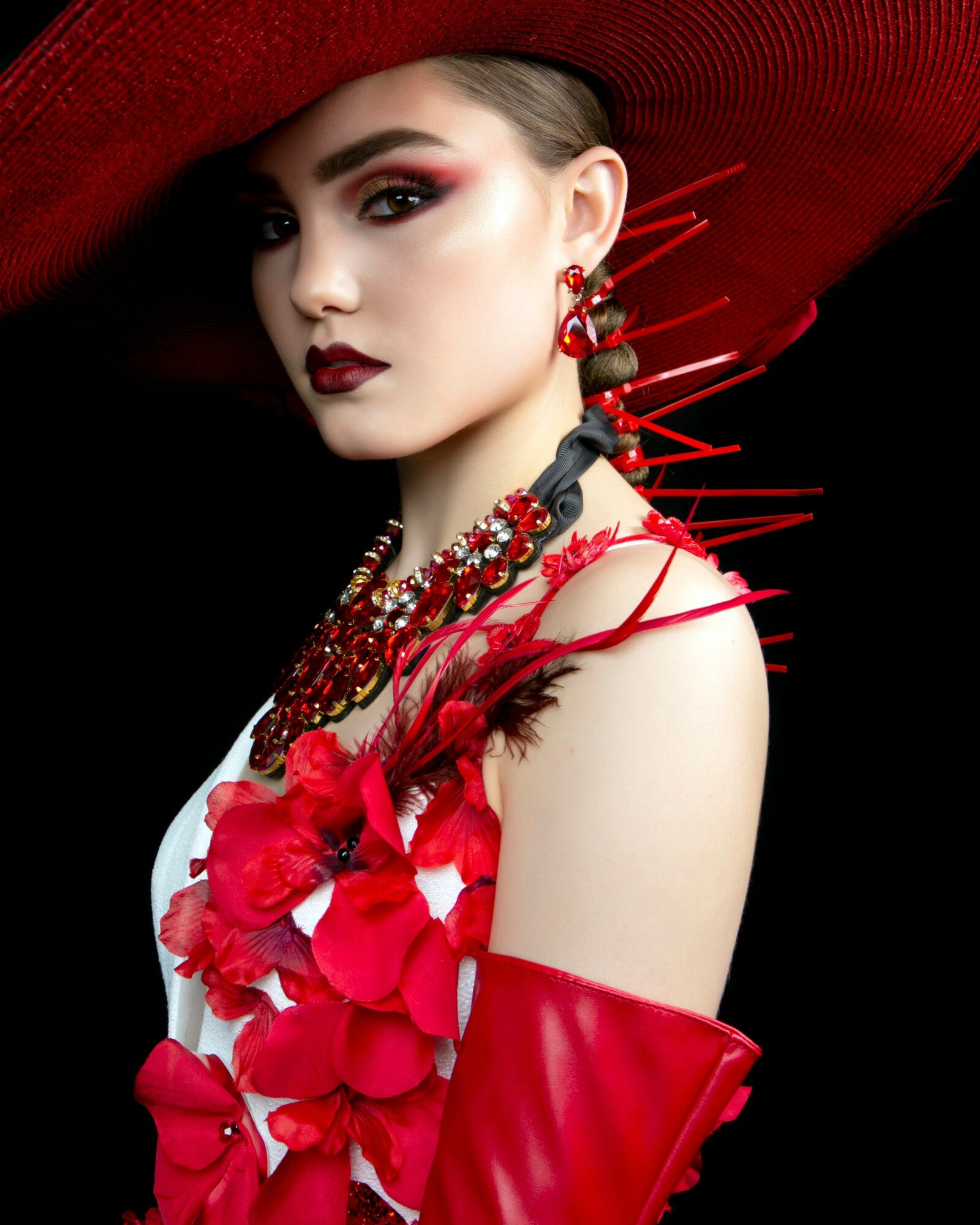

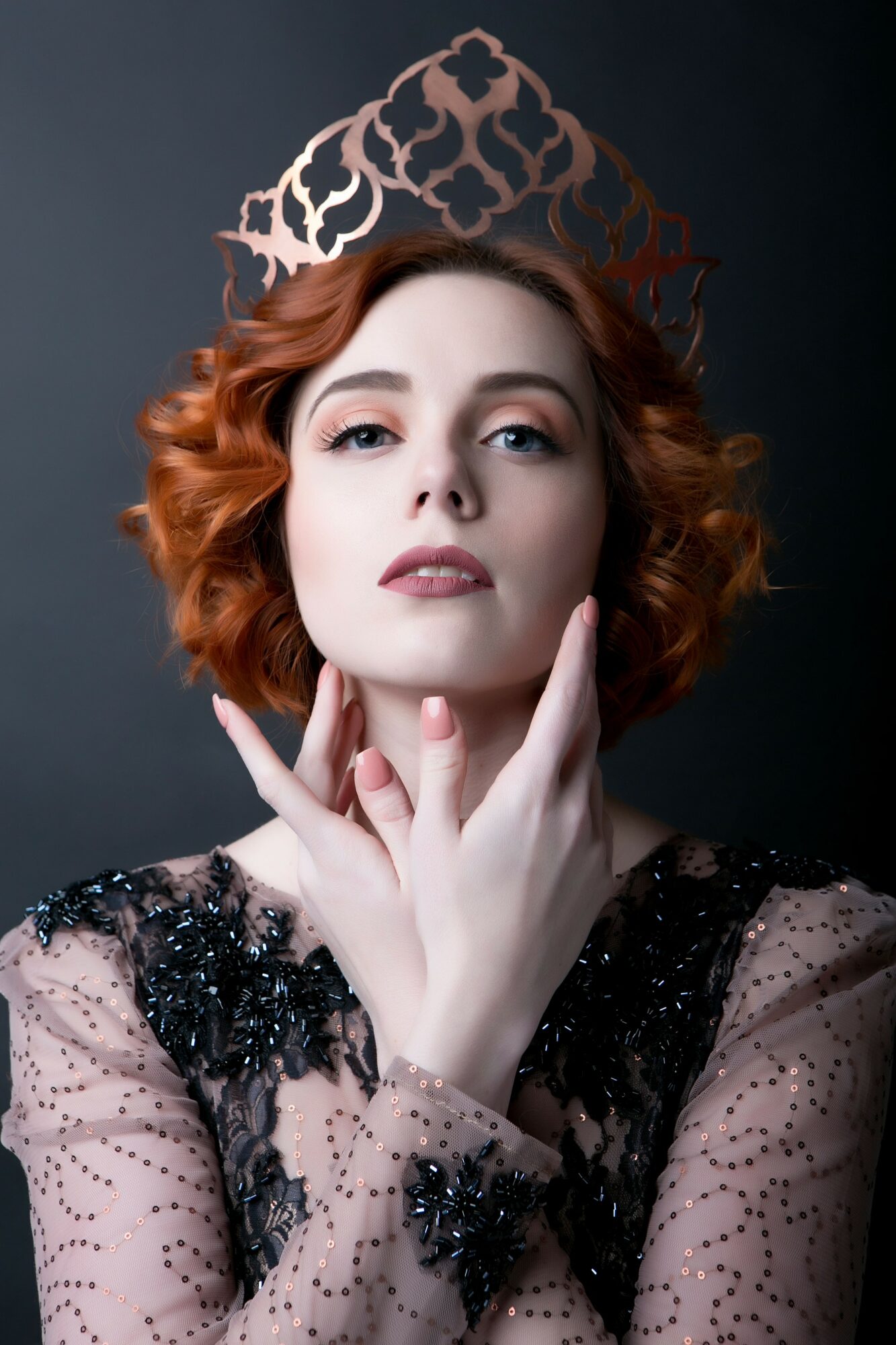
Image Credits:
Hannah Phillips – Main photo
Vincent S
Katie L
Kat M
Taylor R
Kayt WB
Audrey W

